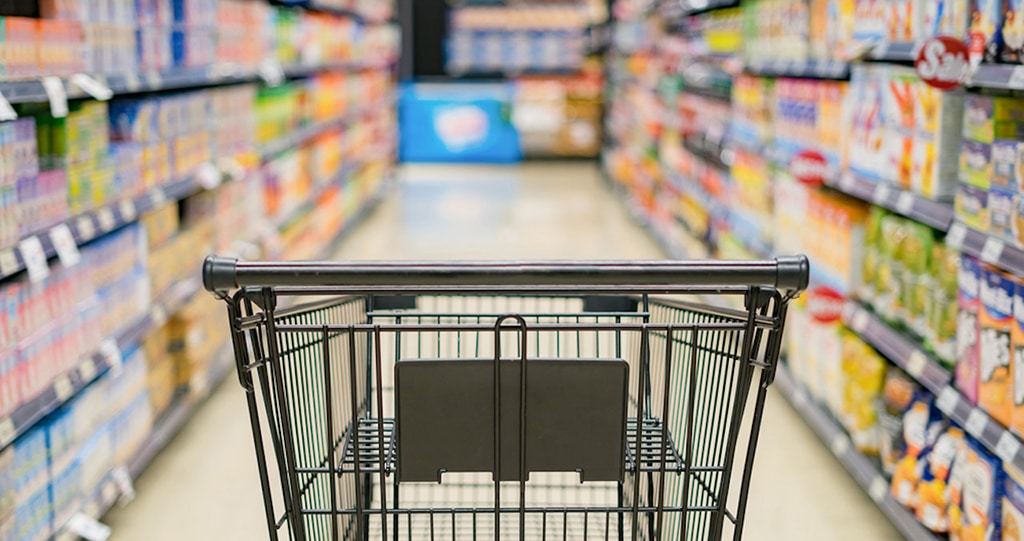 A NEW TRUMP PROPOSAL WOULD INCREASE HUNGER AND POVERTY.
A NEW TRUMP PROPOSAL WOULD INCREASE HUNGER AND POVERTY.
On July 23, the Trump administration put out a proposed rule to drastically undercut the long-standing “broad-based categorical eligibility” for SNAP/Food Stamps. Categorical eligibility enables states to use less restrictive income and asset tests in SNAP in order to expand program eligibility. Specifically, it helped make food stamps available to low-income households that are receiving a TANF (Temporary Assistance for Needy Families)-funded benefit and earn slightly more than the federal maximum income allowed for SNAP.
This flexibility has allowed more than 40 states to use to provide nutrition assistance to the many Americans – typically seniors, working families, and people with disabilities – who are struggling to put food on the table but “make too much” to qualify for food stamps. Categorical eligibility also promotes asset-building among those households, and improves state administration while lowering administrative costs.
The Trump proposal would drastically reduce states’ ability to help the hungry and limit poverty.
The proposal comes just months after Congress thoroughly debated strictly limiting categorical eligibility as part of the recent Farm Bill and voted against it. Legislators from both parties recognized that forcing millions of Americans to lose needed dollars in their food budget meant they would have to make impossible choices about paying for food, rent, utilities, medical care, and other necessities.
Congress also recognized that drastically reducing the amount of SNAP benefits available would take a toll on the economy. It would directly reduce dollars going to grocery stores, farmers, and low-income communities. And the economic costs of hunger are already enormous.
What Limiting Categorical Eligibility Would Do
1. KICK MORE THAN 3 MILLION PEOPLE OFF OF SNAP/FOOD STAMPS
The proposal proposes a return to harsh limits on SNAP eligibility by
- Lowering the maximum income allowed for all households. For example, under the rule a family of four that makes more than $25,104 a year (or receiving less than $50/month in TANF benefits) would no longer be able to qualify for food stamps. Anyone over the new income limits would lose benefits.
- Counting people’s assets against them. For example: checking and savings accounts, cash on hand, etc. If the total value of assets is more than $2,250 ($3,250 for households with an elderly or disabled member) the household would lose benefits.
In Pennsylvania, some 200,000 people would lose food stamps – more than 16,000 of them in Allegheny County. They are most likely to be seniors and people with disabilities who rely on Social Security, and working families struggling between paychecks due to high housing and child care costs.
This proposal will also worsen the “cliff effect”, preventing low-income people from becoming financially self-sufficient. People will fear getting a small raise or forego working extra hours because being slightly less poor will force them to lose all their SNAP benefits.
2. MAKE IT HARDER FOR EVERYONE TO APPLY FOR SNAP
Requiring all SNAP applicants (and all current recipients) to submit additional paperwork about their assets will make the application process harder, lengthier, costlier, and more prone to errors and wrongful rejections. When Gov. Corbett reimposed the SNAP asset test in 2012 (after Gov. Rendell had eliminated it), Pennsylvania’s SNAP application processing times became the worst in the country.
This is why Gov. Wolf, within the first few months of taking office in 2015, had PA join dozens of other states in eliminating the asset test. Reinstating the asset test is a huge step backwards.
3. KEEP PEOPLE FROM CLIMBING OUT OF POVERTY
- This proposal would worsen the “cliff effect”, where a small increase in income can actually set a household back financially. SNAP recipients will fear getting a small raise or forego working extra hours because the extra earnings will force them to lose all their food assistance and be worse off financially.
- It will also penalize SNAP recipients from saving for a rainy day or for an expense (a car, a home, education or training) that would improve their circumstances and help them become financially self-sufficient.
4. WORSEN CHILD NUTRITION
Categorical eligibility also enables children in low-income families to “direct certify” (automatically qualify) for free or reduced-price school meals. It also helps school districts with a high volume of children who direct certify for SNAP to provide free school meals to all of their students (funded by the federal government’s community eligibility provision).
Therefore, reducing categorical eligibility will reduce access to nutritious school meals, taking them away outright from 500,000 children.
What You Can Do
TAKE ACTION TO FIGHT BACK!
SUBMIT A COMMENT TO THE US DEPARTMENT OF AGRICULTURE OPPOSING THE RULE CHANGE.
The USDA is required to review and respond to all public comments before finalizing and imposing the rule. The 60-day public comment period on the rule ends September 23, 2019. The more unique comments, the longer before the final rule can be issued. This is a critical way to make sure your voice is heard.
![]() Leave your comment at handsoffsnap.org
Leave your comment at handsoffsnap.org




I am a volunteer for St Vincent de Paul. We are a ministry that goes out to serve those in need in their homes. What we see time and time again is people who are paying 50% of their paychecks for rent alone! Then they have car payments and childcare as well as necessary utilities. What always comes dead last is their food allowance. If they are able to pay all of their other bills and have no money left for food, which happens often then they rely on food pantries in the area for whatever foods they may have, which are not nutritious, healthy foods that you can purchase in a store yourself based on the needs and wants of your family. The food stamps, when they’re able to receive them at all, are a Godsend. Without them, they would rely on ramen noodles full of sodium for many of their meals or whatever canned foods were available along with bread through many of the food pantries. The food stamp allowance has not been updated since sometime in 1964 to what is realistic based on today’s runaway inflation for absolutely everything. We expect people to pull themselves up by their bootstraps and step out of poverty assuming it is their fault that they are there in the first place! I’ve lost count with the hundreds of families I have personally gone to assist over the years that are trying to further their education to better their situation against what would be for me, impossible odds. We punish the poor amongst us versus attempting to try as a country to help everyone reach the goal of sustainability. May God have mercy on your souls if you pass this proposed bill.